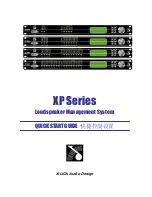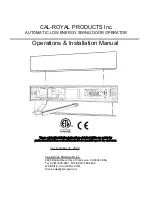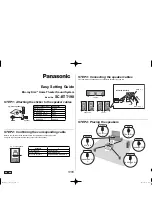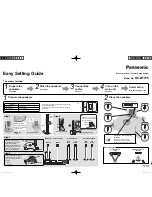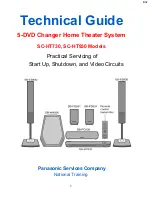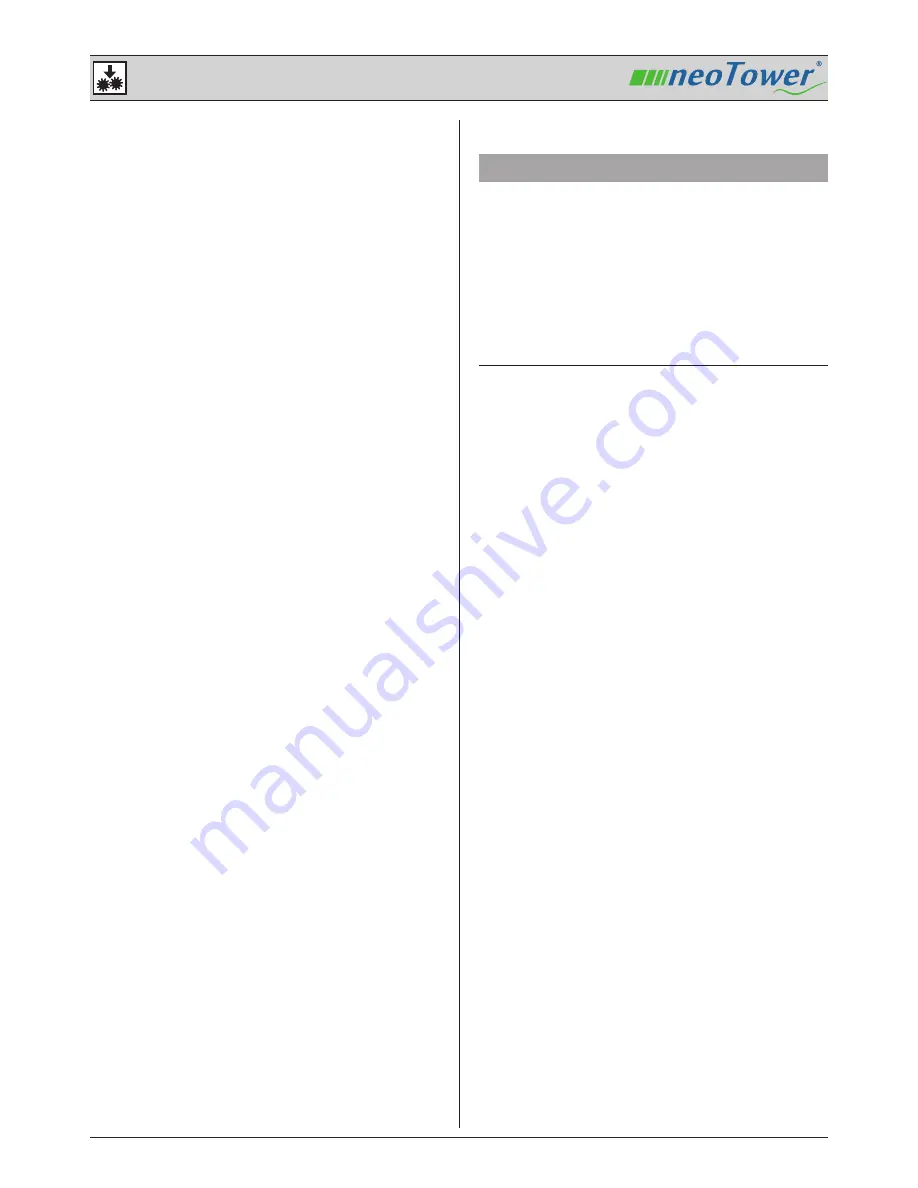
14
Assembly
Operating manual neoTower® Premium L / 03.2017
4.2.3 Heating system
The structural elements of the building’s heating system
primarily comprise the peak load boiler, the buffer tank,
and the pipework system with heat distributors.
The peak load boiler supplies the required residual heat if
the heating energy requirement exceeds the capacity of the
system (e.g. in extremely cold weather).
The buffer tank acts as a hydraulic separator and isolates the
system from the building’s heating system.
The buffer tank ensures a system operating time of at least
one hour per start.
For the system to operate, a buffer tank is required, which
must comply with the following requirements:
B
The buffer tank must have holding fixtures for the
temperature sensors.
B
The buffer tank must have shut-off devices fitted on the
connections to the system.
B
The buffer tank must be designed to meet the system
specifications.
B
Minimum 100 litres per kW thermal
for installations < 10 kW
th
B
Minimum 50 litres per kW thermal
for installations > 10 kW
th
The dimensioning of the pipework system must be designed
to meet the following requirements:
B
Maximum heat requirement of the building.
B
Maximum thermal capacity of the system.
4.2.4 Flue
For the system to operate, the building must have a flue,
which must comply with the following requirements:
B
The local laws and regulations must be complied with
(e.g. in Germany, the building regulations).
B
The flue gas routing must comply with the local
regulations (e.g. in Germany, DIN 18160).
B
The flue gases must be removed via a flue.
B
The flue must extract the flue gases via the roof.
B
The flue must have a diameter greater than 100 mm up
to a length of 15 metres.
Longer models must be calculated by a qualified
chimney sweep.
B
The gradient of the horizontal section must be min. 5 cm
per metre.
B
The flue must be inspected and approved for operation
(e.g. by a master chimney sweep).
B
A flue gas silencer must be fitted in the flue gas routing.
The flue gas silencer (optionally available) must be
installed near the generation unit.
B
The flue gas routing must have a water-filled siphon at
its lowest point.
4.2.5 Exhaust air duct
D
WARNING!
Risk of suffocation due to improper use of exhaust air.
The exhaust air must not be used for heating purposes.
Poisonous gases may be produced inside the generation unit
that can lead to death by suffocation.
A
Ensure that the exhaust air from the generation unit is
guided outside.
A
Make sure that the exhaust air and flue gas are always
extracted separately to each other.
A
Ensure that the fresh air supply is not contaminated by
the exhaust air.
Additional devices with exhaust air (e.g. washer-dryer) may
only be installed subject to consultation with a suitable
specialist operator.
4.2.6 Fresh air supply
Sufficient fresh air must be supplied for the combustion
process and the ambient temperature:
B
The total requirement of the heating system (e.g. for the
peak load boiler) must be born in mind.
B
The fresh air supply must meet the system specification.
D
“12.4.7 Supply and exhaust air” (page 48).
4.2.7 Gas supply
For the system to operate, a gas supply is required that must
comply with the following requirements:
B
The gas supply must comply with the established
regulations (e.g. in Germany, TRGI).
B
The system specifications (e.g. type and composition of
the gas) must be complied with.
D
“12.4.1 Technical data” (page 46).
B
The building’s system must be fitted with a gas flow
monitor and a gas meter.
B
The gas flow monitor must meet the system
specifications.
D
“12.4.1 Technical data” (page 46).
B
Connection via a gas appliance outlet is not permitted.
































